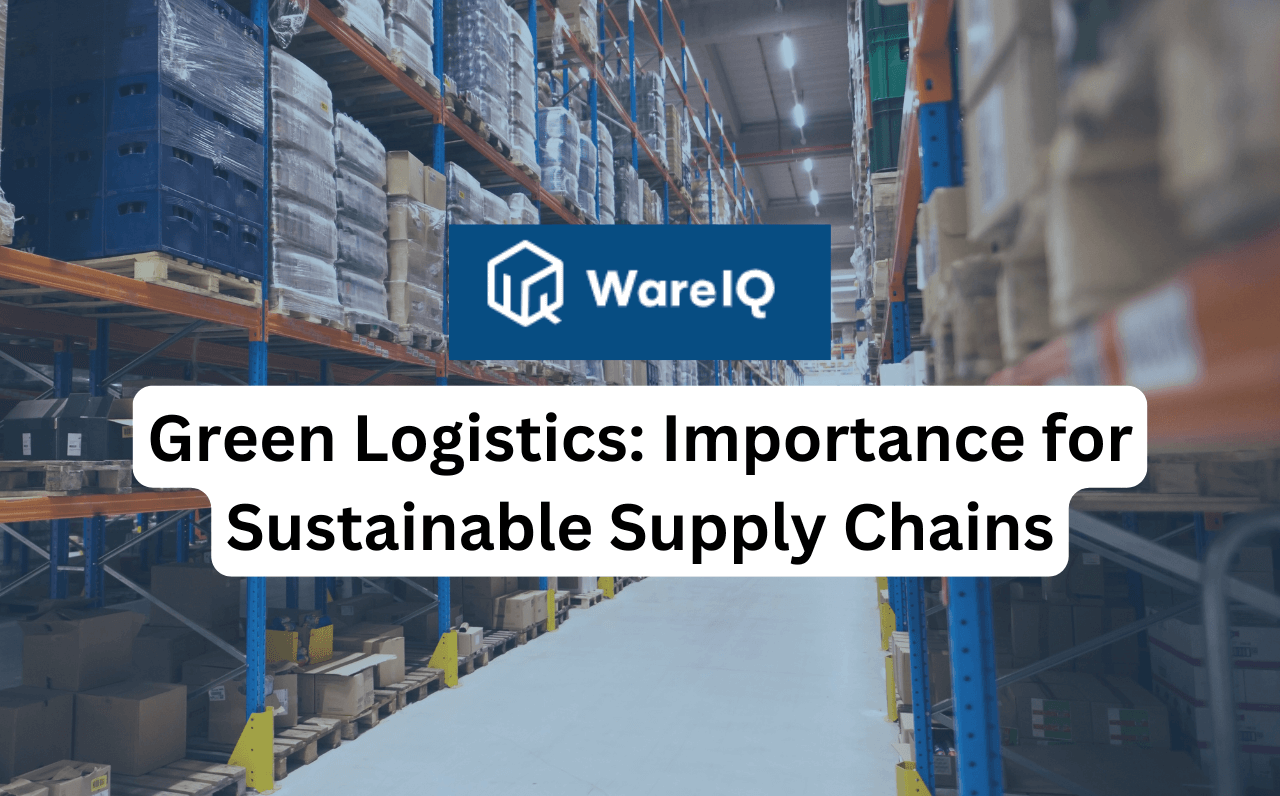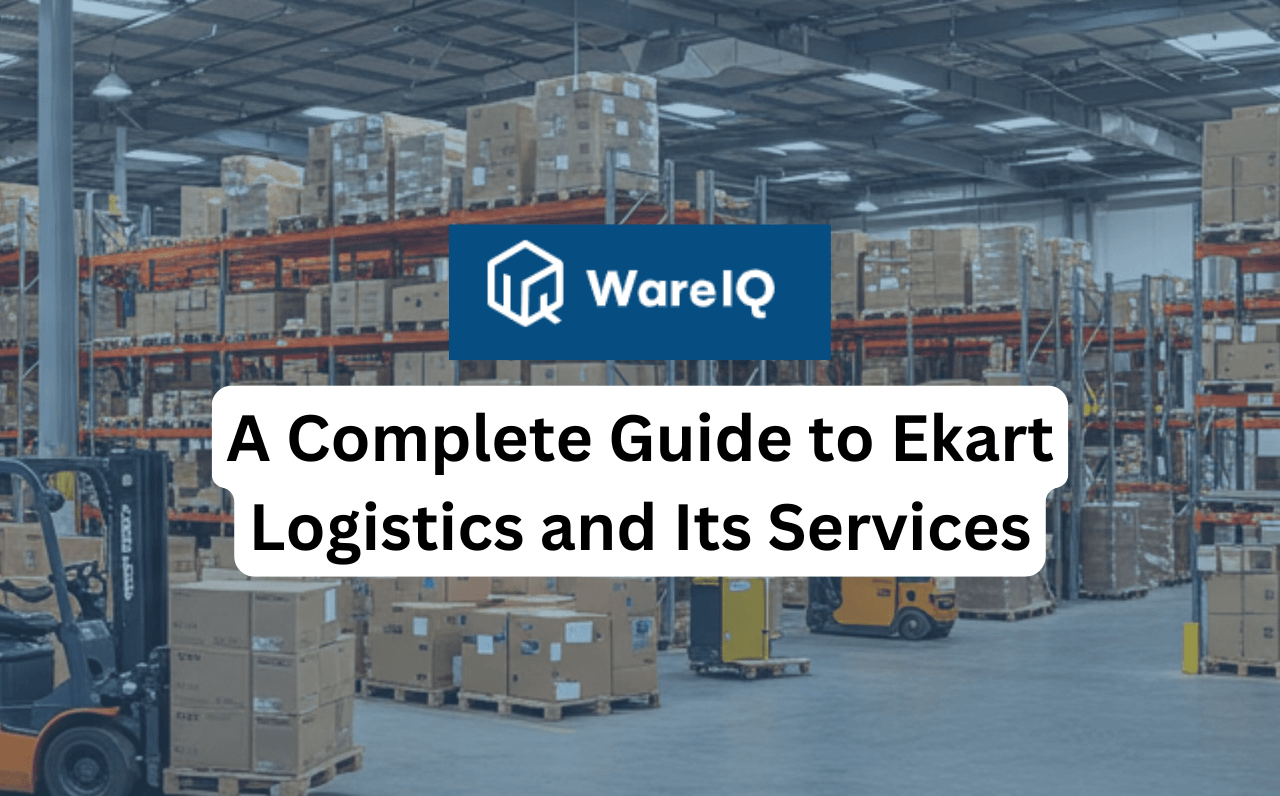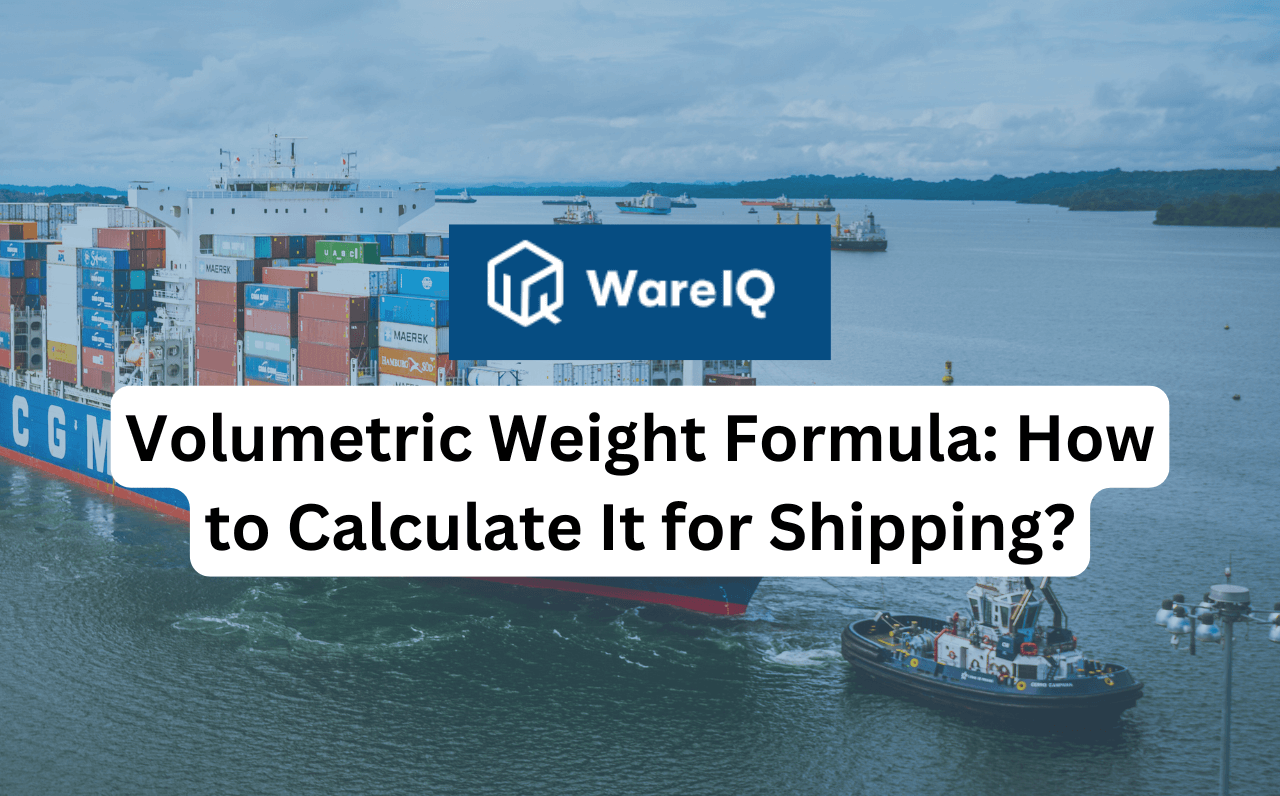
Green Logistics: Importance for Sustainable Supply Chains
The current environmental crisis has brought a lot of changes in the way businesses operate. Businesses are now having a sustainable approach, whether it is manufacturing or logistics. Today businesses are more inclined towards sustainable, or in other words, green logistics. Sustainability is now prioritised from both ends, that is, businesses and consumers, with more companies opting for green logistics rather than traditional ones. Green logistics optimises all logistics processes like transportation, packaging, and warehousing distribution in a way that has the minimum effect on the environment.The e-commerce industry is constantly expanding, which has led to an increased requirement of the logistics sector to reduce carbon emissions and provide sustainable logistic solutions. In this article, we will explore green logistics in the supply chain, its basic principles and benefits, and how businesses can adapt to it along with the challenges.What Is Green Logistics?The green logistics meaning is designing and implementing applications so that the logistics operation has a minimal ecological footprint. Green logistics is also known as eco-logistics or sustainable logistics. The primary focus is minimising carbon emissions throughout the logistics operations. It also includes reducing wastage and energy consumption throughout the movement and storage of goods.Green logistics is when the environmental impacts of logistics operations are considered. Adapting green logistics will lead to a sustainable supply chain. About 25% of the ecological effects are via logistics, which is expected to grow to about 40% by 2050.Importance of Green Logistics For Sustainable Supply ChainGreen logistics concepts in a supply chain will benefit the environment and business in more ways than one.Reduced Carbon FootprintThe primary benefit of having green logistics in place is the environmental benefit. The transportation aspect of logistics contributes to almost 14% of global greenhouse gas emissions. When green logistics strategies are integrated, the carbon footprint produced via transportation is quite less. Using electric trucks, utilising environmentally friendly fuel options, and route optimisation can reduce the carbon footprint considerably.Regulatory ComplianceConsidering the negative impact on the environment, the government also has very strict regulations with respect to sustainable logistics, freight, and goods. Businesses that adopt green logistics can now avoid paying penalties, as the green logistics strategies are in tune with the regulations. Businesses can further gain tax incentives by following sustainable green logistics practices.Saving CostGreen logistics concepts include efficient transportation, warehousing, and inventory management, which reduce fuel consumption. This leads to reduced operational cost in the long run.Improve Brand ImageCustomers are more conscious about their choices and how it will impact the environment. Hence, they will choose brands that offer sustainable products that have the least impact on the environment. Businesses can gain more customers by adopting sustainable logistics strategies and also improve their brand image. Reduce Packaging CostUtilising packaging materials that are either biodegradable or reusable is an essential part of green logistics. Since they are recyclable, they can help save money in the long run. Usually, environmentally friendly packaging involves cardboard packaging or paper packaging, which will reduce pollution and wastage by a large margin.Decreased LossesWhen unused raw materials are not discarded and are recycled, some of the amount invested in acquiring them is recovered. Thus, green logistics can also help reduce losses by a slight margin.How Businesses Can Adopt Green Logistics? There are various strategies through which the green logistics concept can be integrated into the supply chain to make it more sustainable.Making the transportation eco-friendlyOpting for electric or hybrid vehicles instead of traditional petrol/diesel vehicles and choosing alternate fuels like biodiesel or hydrogen can reduce transportation costs and benefit the environment. Also, optimising the route for deliveries via advanced software can help reduce overall fuel consumption.Sustainable WarehousingUsing energy-efficient systems and solar-powered warehouses are apt green logistics approaches. Advanced warehouse management systems and inventory management systems can be automated to considerably reduce waste. Eco-friendly packaging and recycling can prove to be useful for an environmentally friendly process.Adapting TechnologiesAdvanced technology can help adapt green logistics strategies effectively. Demand forecasting becomes easier with AI-driven tools and software and helps with managing production accordingly. Meanwhile, the entire supply can be made more sustainable and transparent with blockchain technology.Reverse Logistics Reverse logistics aids in efficient handling of returns and replacements. Negative environmental impact can be minimised by recycling damaged or returned goods.Challenges In Adapting Green LogisticsWith plenty of benefits, some challenges are unavoidable when businesses go for green logistics.The costs of incorporating green logistics measures such as electric vehicles, AI-driven software, automation, and solar-powered machines will be high. This will become a challenge, especially for small to medium businesses.It will take time to incorporate green logistics across all the processes in the supply chain. The present infrastructure of many businesses will not be apt for the new green logistics strategies.Employees and logistics partners might resist adopting green logistics strategies.Harness the Power of Green Logistics with Supply Chain Solutions from WareIQWareIQ is a Y-Combinator-backed eCommerce full-stack platform offering multi-channel fulfillment across D2C, Marketplaces, Quick Commerce, and B2B (General Trade & Modern Trade)Our solution offers:Pan-India network of Seller Flex & FAssured compliant across 12+ cities operated by WareIQ and shipping partners for last-mile delivery across 27000+ pin codesMulti-Channel Fulfillment Platform with plug-and-play integrations across marketplaces (Amazon, Flipkart, Myntra, Nykaa, etc.), D2C platforms (Shopify, Magento, Woocommerce, etc.), WMS, and ERPs to support fulfilment across distributors, flagship stores and eCommerce channels with analytics capabilities to assess operational performanceInventory LogIQ: AI-led multi-channel inventory planning solution to minimise stockouts and automate replenishmentLeverage Tech-enabled returns QC solution to capture, centrally store, and auto-index HD media evidence of damaged or missing returned products and eliminate marketplace claims rejections.A host of seller enablement and support - dedicated account manager, APOB/PPOB registrations, GST registration, NDR & COD verification, etc.ConclusionGreen logistics is the ultimate solution for businesses to deal with the rapidly changing environment. Adapting to green logistics strategies has now become a necessity to achieve long-term stability and sustainability. The environmental impact can be reduced by integrating eco-friendly and sustainable approaches in all aspects of logistics, such as transportation, warehousing, inventory control, and reverse logistics. Going green will make the world greener, make the supply chain efficient, and promote cost savings. Going green is the way to have sustainable business processes in the future.FAQs About Green LogisticsWhy has it become necessary to adapt to green logistics?Green logistics can help reduce the carbon footprint, reduce wastage, and adhere to regulations while saving costs.What are some solutions to make logistics greener?Some solutions that make logistics greener are using electric vehicles, using sustainable fuel options, optimising delivery routes, opting for renewable energy resources, and using reverse logistics.What technologies will help in adapting to green logistics?Technologies like AI, Blockchain and IoT can be fundamental in adapting green logistics.Is green logistics expensive in the start?Yes, the initial investment is quite high; however, in the long-term it can become profitable.How does reverse logistics promote sustainability?Reverse logistics ensures that there is no wastage. Products are either reused, recycled, or disposed of without impacting the environment. These approaches ensure that reverse logistics is sustainable and good for the environment.
July 21, 2025








